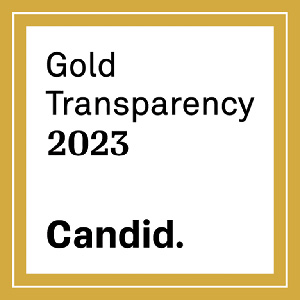People First Language
Would you like people to define and judge you only by:
- Where you live?
- The clothes you wear?
- Your tattoos?
- How you look?
Of course not. And people with disabilities don’t like it either. If a person’s disability is not relevant to the conversation, don’t mention it. If it is necessary to mention it, then always be respectful and use PEOPLE FIRST language.
PEOPLE FIRST language puts the PERSON before their DISABILITY and recognizes that a person HAS a disability, a person IS NOT the disability. There is more the each of us than any one characteristic we may have.
Using PEOPLE FIRST language positively empowers and includes people. Using stereotypes and negative language limits and segregates them.
A person with a disability is – first and foremost – a person.
“Handle them carefully, for words have more power than atom bombs.”
-Pearl Stratchan
Examples of People First language:
Instead of: Antoine is slow or retarded
Say: Antoine has an intellectual disability
Instead of: Marly is confined to a wheelchair or wheelchair bound
Say: Marly uses a wheelchair
Instead of: Roberto is psycho, crazy, or loco
Say: Roberto has an emotional disability
Instead of: Handicapped parking space
Say: Accessible parking space
Instead of: Mr. Joseph is afflicted with, a victim of, or suffers from Alzheimer’s Disease
Say: Mr. Joseph has Alzheimer’s Disease
Instead of: Jimmy is slow or learning disabled
Say: Jimmy has a learning disability



